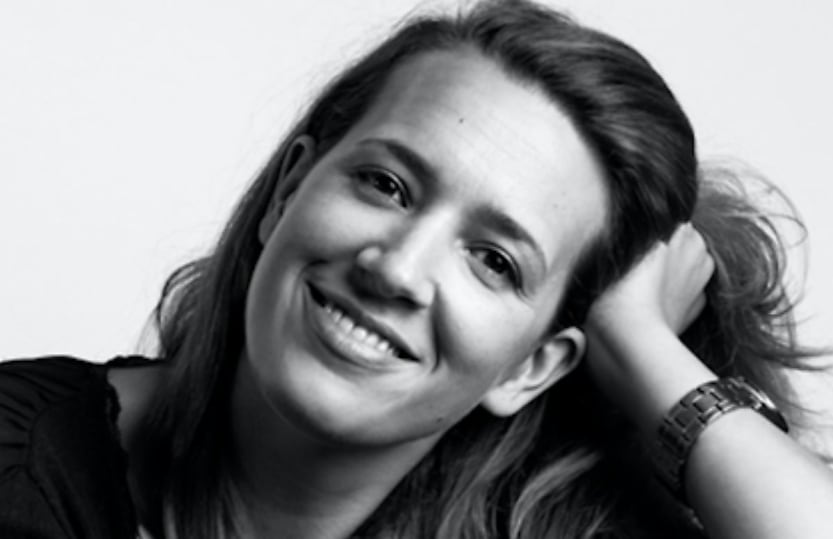AI will ‘accelerate’ younger workers to senior roles, data suggests

In a workplace where younger workers routinely educate their seniors on digital literacy, ‘trickle-down knowledge’ doesn’t map the way it once did.
It is not unusual to find representatives from four, even five different generations under one roof – or many roles in the case of remote workers – in the modern workplace.
Fifty-three per cent of Gen Z knowledge workers believe older workers slow the business down by lacking tech-savvy, while Gen Z workers are considered to be the hardest to collaborate with.
Seventy per cent of workers expect AI to “accelerate” the rise of Gen Z workers to more senior positions. Given the outsized role AI is expected to play in professional services, the traditional structures of accounting practices could well change.
“I believe AI’s impact on the professional services sector can be introduced to the game-changing introduction of robots in the manufacturing industry,’ wrote Ray Rasmussen, Forbes Council member.
Indeed, the Future Skills Organisation expects jobs in banking, finance, and human resources to be among those first shaken up by AI.
Given that 90 per cent of workplaces report conflicts over digital tools and 90 per cent believe those tools might be key to bridging age divides, the answer to generational diversity requires some digging.
Building on insights from 4,000 knowledge workers across the UK, US, Canada, Australia, and Germany, The Adaptavist Group’s (TAG) Digital Etiquette report considered possible contributors and solutions.
“There have never been four generations working together before, and the pandemic and subsequent remote working mandate have made it easier than ever to slip into stereotypes,” said TAG.
Technology preferences and capabilities are the lightning rod issue in workplace age diversity. While nearly all (90 per cent) are most comfortable with direct messaging as a form of communication, phone calls are divisive. For instance, 53 per cent of Gen Z workers are “jealous” of the phone call confidence of older workers.
Time and again, the report found that the oldest and youngest cohorts were seen as the most difficult to collaborate with, the most impacted by work location, and those with the most different communication styles. On the other hand, Millennials and Gen X workers tended to raise the fewest objections.
That said, researcher Claire Madden who partnered with TAG, suggested those at either age extreme are uniquely placed to help one another.
“Older colleagues can help younger generations develop corporate communication skills, whilst the younger generations who are eager adopters of new technology tools can bring a fresh perspective for older gens on new ways of working, communicating and collaborating,” said Madden.
The report said that understanding generational differences is central to managing diversity. Troublingly, 45 per cent of respondents also said that categorising employees by generation can be harmful.
One way to interpret this is as saying generalisations regarding how each generation's approaches work are predictive, but not conclusive and that they should be treated as starting positions, to be qualified with individualised assessment.
Respondents suggested a mixture of “open communication, mentorship and targeted training” to evince the unique strengths of each employee.
Madden said generational groupings are useful but that they should be treated with the scepticism applied to “superficial, sweeping assumptions.”
Dr Eliza Filby, historian of generational evolution, characterised the four main working-age generations in the following way:
Hailing from a post-war world, Baby Boomers are “exceptional” in having been endowed with “huge” economic and political power while experiencing a more traditional and linear lifestyle.
The report found the following stereotypes characterise how their colleagues see them: they are “bossy, disciplined, slow, and forgetful technophobes.”
Gen X is “sandwiched” between caring for their parents and their children and lived through a staggering time of technological change “from the Walkman to the Blackberry.”
If Gen X learned to deal with rapid change, Millennials were raised expecting it. Filby pointed to the “turbocharging” of the knowledge economy, the disruptions of the GFC, and the rise of the university as examples of the change.
All of which culminated in the blurred divide between work and life, and the delayed accrual of the traditional insignia of adulthood – notably, property and children.
Millennials are seen as “easily distracted but organized, sociable, and efficient.”
Finally, Gen Z (those born roughly between 1997 and 2012) is the generation of the “true digital natives.” Those whose adolescence was bifurcated into B.C. (Before COVID-19) and after, are “hyper-individualistic … fluid in their understanding of work,” and expected to have five different careers, said Filby.
They are viewed as “easily distracted [with] poor attention to detail, and lazy – but sociable and highly tech-savvy,” according to the report.
Simon Haighton-Williams, CEO of TAG suggested employers need to rise to three challenges in developing intergenerational “digital etiquette” strategies.
Employers must “create a culture that values individual contributions, encourages cohesive teamwork, and respects generational diversity without resorting to stereotypes,” he said.
“This demands agile and enlightened leadership committed to bridging the digital divide.”
About the author

